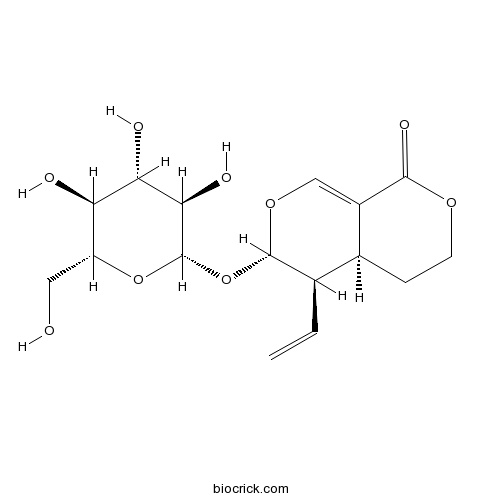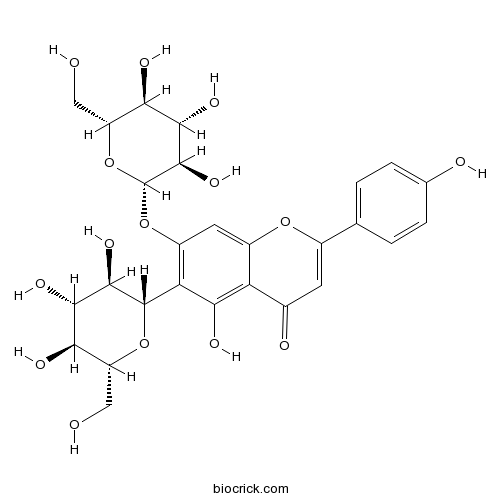Tripterospermum chinense
Tripterospermum chinense
1. The products in our compound library are selected from thousands of unique natural products; 2. It has the characteristics of diverse structure, diverse sources and wide coverage of activities; 3. Provide information on the activity of products from major journals, patents and research reports around the world, providing theoretical direction and research basis for further research and screening; 4. Free combination according to the type, source, target and disease of natural product; 5. The compound powder is placed in a covered tube and then discharged into a 10 x 10 cryostat; 6. Transport in ice pack or dry ice pack. Please store it at -20 °C as soon as possible after receiving the product, and use it as soon as possible after opening.
Natural products/compounds from Tripterospermum chinense
- Cat.No. Product Name CAS Number COA
-
BCN6219
Sweroside14215-86-2
Instructions

-
BCN2280
Saponarin20310-89-8
Instructions

[Study on Chemical Components of Tripterospermum chinense ( Ⅱ)].[Pubmed: 30088884]
To investigate the chemical components of Tripterospermum chinense.
[Study on chemical components of Tripterospermum chinense].[Pubmed: 26027120]
To investigate the chemical components of the whole herb of Tripterospermum chinense.
A novel lactone from Tripterospermum chinense.[Pubmed: 23387086]
A novel lactone, tripterospermumcins E (1), along with four known compounds, sweroside (2), loganic acid (3), 8-epi-kingiside (4) and bergenin (5), were isolated from the aerial parts of Tripterospermum chinense. Their structures were determined by spectroscopic methods, including 1D and 2D NMR, and chemical methods. Compound 1 is rare beta-lactone with a glucoside.
Two novel secoiridoid glucosides from Tripterospermum chinense.[Pubmed: 23088535]
Two novel secoiridoid glucosides, tripterospermumcins C (1) and D (2), were isolated from the aerial parts of Tripterospermum chinense, along with four known compounds, tripterospermumcin B (3), sweroside (4), loganic acid (5), and 8-epi-kingiside (6). Their structures were determined by analysis of 1D and 2D NMR data, as well as by comparison with model compounds. Compound 1 was a rare iridoid tetramer with four glucosides.


